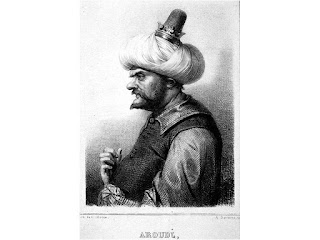Using FamilySearch

How to make good use of FamilySearch www.tree-sleuths.co.uk This is a blog about using FamilySearch, the free to use online genealogy website created by the Church of Jesus Christ of Latter-Day Saints (LDS) which is at www.familysearch.org . Everybody who pursues genealogical research will, at one time or another, have heard of FamilySearch. Many of them dismiss it out of hand, and consequently miss out on the real treasure it holds. There are no two ways about it, this is a colossal website. It can be quite intimidating to use on first seeing it; some people just keep to the (small) part they know and never discover some of the valuable information to be found there. In a nutshell, what is FamilySearch? FamilySearch is several things rolled into one. It is (1) an underlying archive of images original records and other resources, which have been used to create (2) a database of searchable derived records which in turn have been used together to create (3) a single huge family tree...


